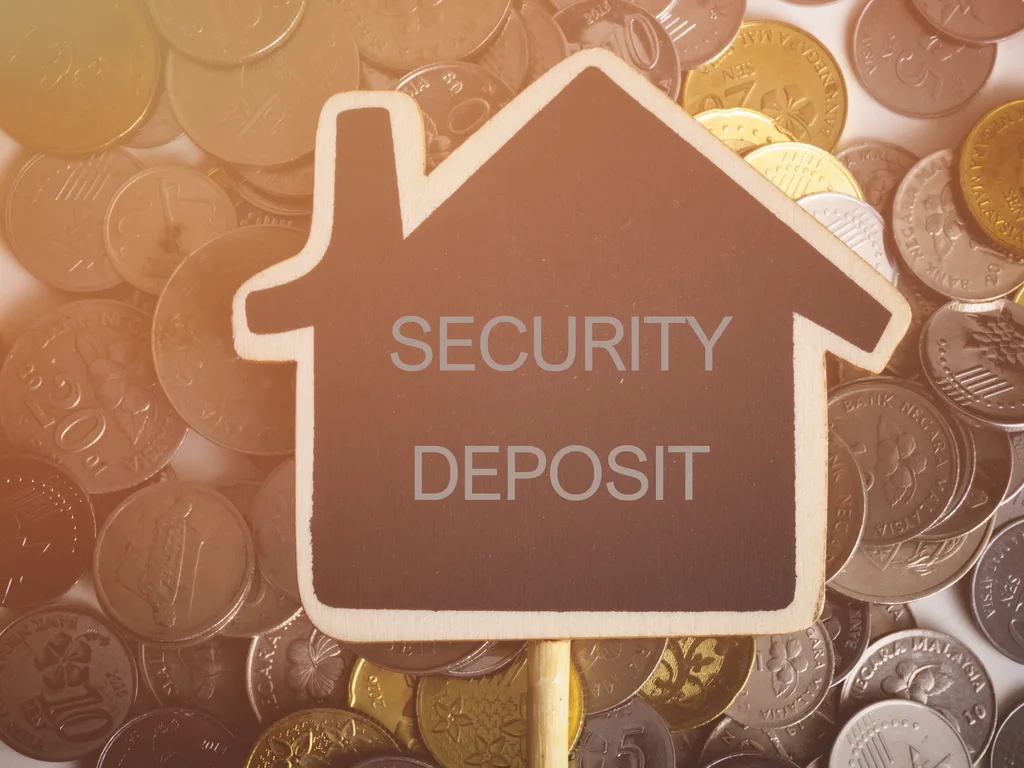
An affordable mortgage can have multiple meanings. A cheap mortgage rate is usually a good sign of low-interest charges, but closing costs and other fees can increase your monthly payment. Prospective home buyers should consider the length of the term, loan insurance, and other factors that can create unexpected charges.
Calculating mortgage affordability requires looking into your budget and lending options. Some financial institutions have better rates and terms than others. Check out these three tips for finding a home loan that fits your lifestyle.
1. First, Determine How Much You Can Afford
Once you have the answer to “What price house can I afford?” you can shop for lenders that match your budget. If you ask a lender for more than you can afford, they may deny you or give you less favorable financial terms.
To find the answer to “What mortgage can I afford?” you will need to look at your income and expenses. Your mortgage and housing costs should not exceed your income minus other expenses.
Many lenders prefer when your mortgage payment is 28 percent or less of your monthly income and your total debt is no more than 36 percent. So, if your monthly income is $4,000, your mortgage payment should be $1,120 and the remaining debt payments (like student and car loans) should be less than $320.
Start by making a list of your current expenses, such as:
- Car payments and related expenses like fuel and insurance.
- Student loans.
- Credit card debt.
- Alimony and child support payments.
- Health and other types of insurance.
- Child and pet care.
- Groceries and personal essentials.
- Utilities, phone bills, rent, and housing costs.
- Monthly, quarterly, and annual subscriptions.
Periodic fees you may have but forget about are those that do not occur monthly but sporadically. Make sure to consider home and car maintenance, doctor visits, special occasions, gifts, and charity. Do not forget about taxes and business expenses if you are an entrepreneur or self-employed.
A portion of your budget should also go towards savings and investments, especially if you are saving for your down payment. Lenders will look into your financial accounts to determine your risk as a borrower. A sizable nest egg and low debts can make you look more desirable to lenders and reduce your interest rate.
2. Check Your Credit Score and Financial Situation
Mortgage rates directly influence how much you pay each month and in interest charges. Mortgage interest rates can also increase your overall expenses by extending the time it takes for you to pay down your principal.
Lenders can require private mortgage insurance (PMI) if you have a down payment of less than 20 percent of the purchase price. The fee requirement ends once your loan is less than 80 percent of the purchase price. It is almost always on an FHA or USDA home loan.
This insurance protects the lender if you fall behind on your payments. The PMI surcharge does not go towards your balance but, instead, into the pockets of the lender. The amount will depend on the loan terms, but it can be $30 to a few hundred each month.
It takes longer to pay the principal to remove the PMI charge with high-interest home loans. For example, a $200,000 mortgage at a 3-percent rate would take about nine-and-a-half years to pay 20 percent. If the same loan had a 5-percent rate, it would take an additional two years, almost $50,000 in interest, and nearly $2,000 in PMI charges.
You can improve your credit score by:
- Reducing your credit utilization rate. Your credit cards and your total debt should be no more than 30 percent of your credit limit.
- Continuing to make on-time payments.
- Contacting credit bureaus about removing mistakes
- Asking for limit increases on existing credit accounts.
- Not applying for new lines of credit or canceling old accounts.
The better your credit score and history, the more likely you can get a low-interest rate. The 50-point difference between a good score of 690 and a very good score of 740 could save you 0.25 percent on your home loan.
3. Determine If You Can Shorten the Mortgage Term
Most home loan estimates use 30-year mortgage rates instead of 20 or 15-year rates since the term length is more common. However, you can usually get a lower interest rate within a shorter period. As of November 2021, the average fixed rate for a 30-year mortgage is 3.14 percent and for a 15-year mortgage is 2.44 percent.
When calculating mortgage payment options between 30 and 15 years, you will notice that a shorter loan period will mean a higher monthly payment. Consider the following two loan terms:
- A $200,000 30-year loan at 3.14 percent would be about $859 monthly. At the end of the term, you would have paid a total of $309,019.
- A $200,000 15-year loan at 2.44 percent would be almost $1,328 monthly. At the end of the term, you would have paid a total of $239,029.
While the monthly payment of a 30-year loan may seem more affordable, you would pay nearly an additional $70,000 for the same property. Even with the same 3 percent interest rate, a 15-year shorter loan would save you almost $55,000.
A mortgage broker can review your lending options. Signing up for a short-term period may increase your risk of default to the lender. But you can still shave off years and interest charges by making extra payments when you can.
Additional payments typically go directly to the principal. Paying an additional $100 each month could reduce your 30-year loan to 25 years and save you nearly $20,000 in interest charges. Verify with your lender that your loan does not have early payoff fees.
Likewise, you can make a big dent in your overall costs with once-in-a-while payments, such as each year with your tax refund. Just a one-time payment of $2,000 in the second month of your mortgage can shave off five months and $3,089 in interest, and that is a 150 percent return on your investment.



